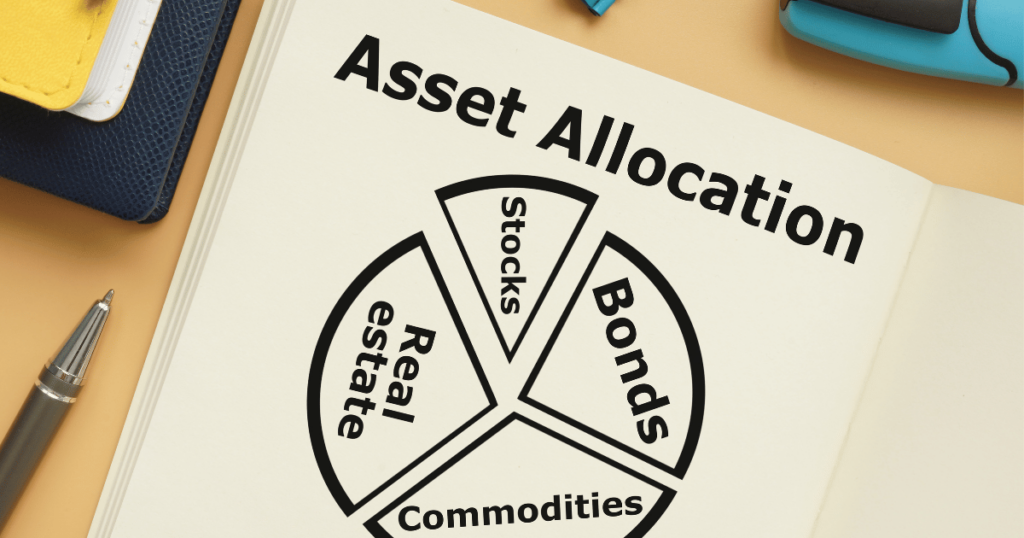Are bonds a good investment

Let’s look at why you might consider including bonds in your investment portfolio and how interest rates affect their value.
Key takeaways
- Bonds can provide a stable source of income and can protect the money you invest.
- They can generally be considered less risky than growth assets like shares and property in normal market conditions and can help to diversify your investment portfolio.
- Bond prices and interest rates move in opposite directions.
When it comes to investing, bonds can provide a reliable source income, capital appreciation and relatively low volatility. But like all types of investments, they do have drawbacks.
In this article, we look at why you might consider investing in bonds and how rising interest rates can impact their value.
What are bonds?
Bonds are like loans that investors give to companies or governments. In return, these entities pay regular interest payments (like periodic interest on a loan) to the investors.
How bonds work
When you lend money by buying a bond, the issuer (company or government) promises to pay you back the initial amount (the face value) when the bond matures (loan finishes). Meanwhile, you receive regular interest payments throughout the life of the bond.
Interest payments
Think of this like interest on your savings account. You get paid a certain amount of money at regular intervals, usually every few months. This can be a fixed amount or vary based on market conditions.
Investment period
This is referred to as ‘maturity’ or the life of the loan. Once you reach the end date, the original amount you invested is paid back to you.
For example, if you have a 10-year bond that you bought in 2020, it will mature in 2030. At that point, the issuer will return the initial investment amount to you, and the bond’s life comes to an end.
Market price
All bonds have a set value when they’re first issued. If you hold the bond until it reaches its end date (maturity), you will receive what you originally invested.
However, if you sell a bond before maturity, you’ll receive the market value of the bond which may be lower than your original investment. Factors like interest rate changes, the risk of the issuer defaulting, how easy it is to sell the bond (liquidity), and how much time is left until the bond matures, all affect its price.
How do investors gain access to bonds?
The primary issuers of bonds in Australia are governments and companies. Investors can gain access to unlisted bonds through several channels, including:
- Australian Government Bonds (AGBs) represent sovereign debt issued by the Federal Government. The bonds typically guarantee a rate of return if held until maturity and can be bought on the Australian Securities Exchange (ASX) at market value with a brokerage fee incurred.
- The Federal Government also issues inflation-linked or indexed bonds with coupon payments and the face value of the bonds increasing in line with changes in the Consumer Price index (CPI).
- Semi-Government bonds (semis) are semi-sovereign debt issued by Australian states and territories, bought and sold through treasury corporations.
- Corporate bonds are primarily issued and traded on the over-the-counter (OTC) market. The minimum amount required to trade is typically up to $500,000. As with government bonds, investors will recoup the face value of the corporate bond at maturity unless the issuer defaults. But investors should consider the credit risk of corporate bonds before they buy, while consulting the issuer’s prospectus and product disclosure statement (PDS).
- Investors can also gain access to ASX-listed Exchange Traded Bonds (XTBs).
Why invest in bonds?
Bonds can play several key roles in an investment portfolio, providing diversification, stability and income.
- Steady income stream: bonds can provide a steady stream of income through regular interest payments paid on a quarterly, half yearly or annual basis. This can be attractive if you’re seeking a reliable source of cash flow.
- Diversification: bonds provide a buffer during periods of share market volatility – when share prices are falling, bond prices may not be affected in the same way. Including bonds in your investment portfolio can therefore help to reduce risk.
- Capital preservation: Unlike shares, bonds have a fixed maturity date where the issuer repays the principal amount you invested. This can be appealing if you prioritise the return of your initial investment.
- Reduced volatility: for retirees or those approaching retirement, bonds can provide a more stable investment option, helping to preserve capital and reduce exposure to the potentially higher volatility of shares.
- Protection against rising interest rates: certain types of bonds, like inflation-protected bonds, can provide protection against rising interest rates. This can be valuable in times when interest rates are expected to increase.
What are the risks of investing in bonds?
Just like all kinds of investments, investing in bonds does carry some risks. Here are some of the most common:
- Liquidity risk: Some bonds may be less liquid, meaning it can be challenging to sell them quickly without impacting the price. So, if you need to sell a less liquid bond in a hurry, you might have to accept a lower price.
- Interest rate risk: The value of existing bonds can fluctuate based on changes in interest rates. When interest rates rise, the market value of existing bonds tends to fall, and vice versa. If you need to sell a bond before it matures when interest rates are higher, you may experience a loss.
- Credit or default risk: An issuer of your bond may be unable to make interest payments or return the principal amount at maturity. If the issuer defaults, you may lose part or all of your investment.
- Market risk: General market conditions, economic events, or global crises can impact bond prices. Bond values can therefore be influenced by broader market movements which can affect returns.
- Inflation risk: Inflation erodes the purchasing power of money over time. Fixed-interest payments may not keep pace with inflation. If inflation rises more than expected, the real (inflation-adjusted) return on bonds may be lower than anticipated.
Why are bond prices affected by rising interest rates?
When interest rates go up, the prices of existing bonds typically fall. This happens because higher interest rates make newly issued bonds more attractive with better returns. Existing bonds, offering lower fixed interest rates, become less appealing in comparison.
Additionally, there is an inverse relationship between bond prices and yields (interest rates). Investors demand higher yields when rates rise, leading to a willingness to pay less for existing bonds.
The sensitivity of bond prices to interest rate changes, inflation concerns, and market expectations also contribute to the impact of rising interest rates on bond prices.
Source: MLC



